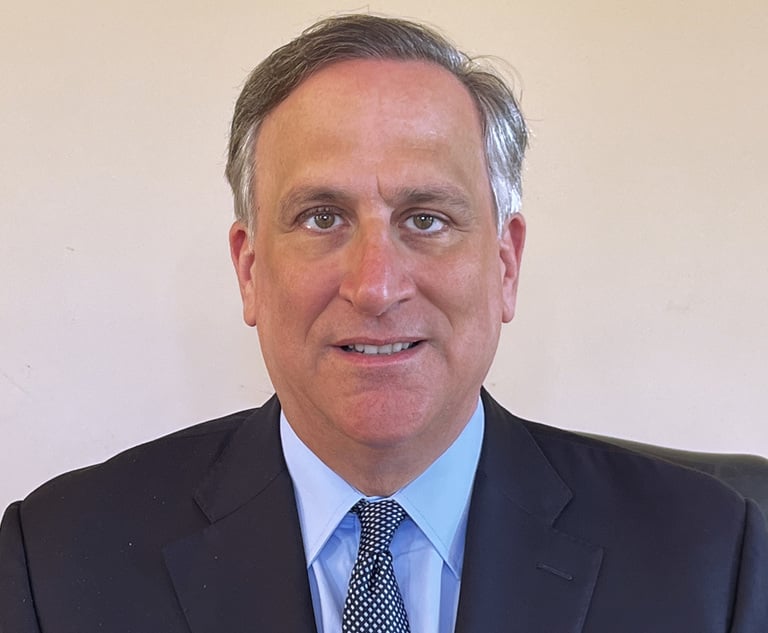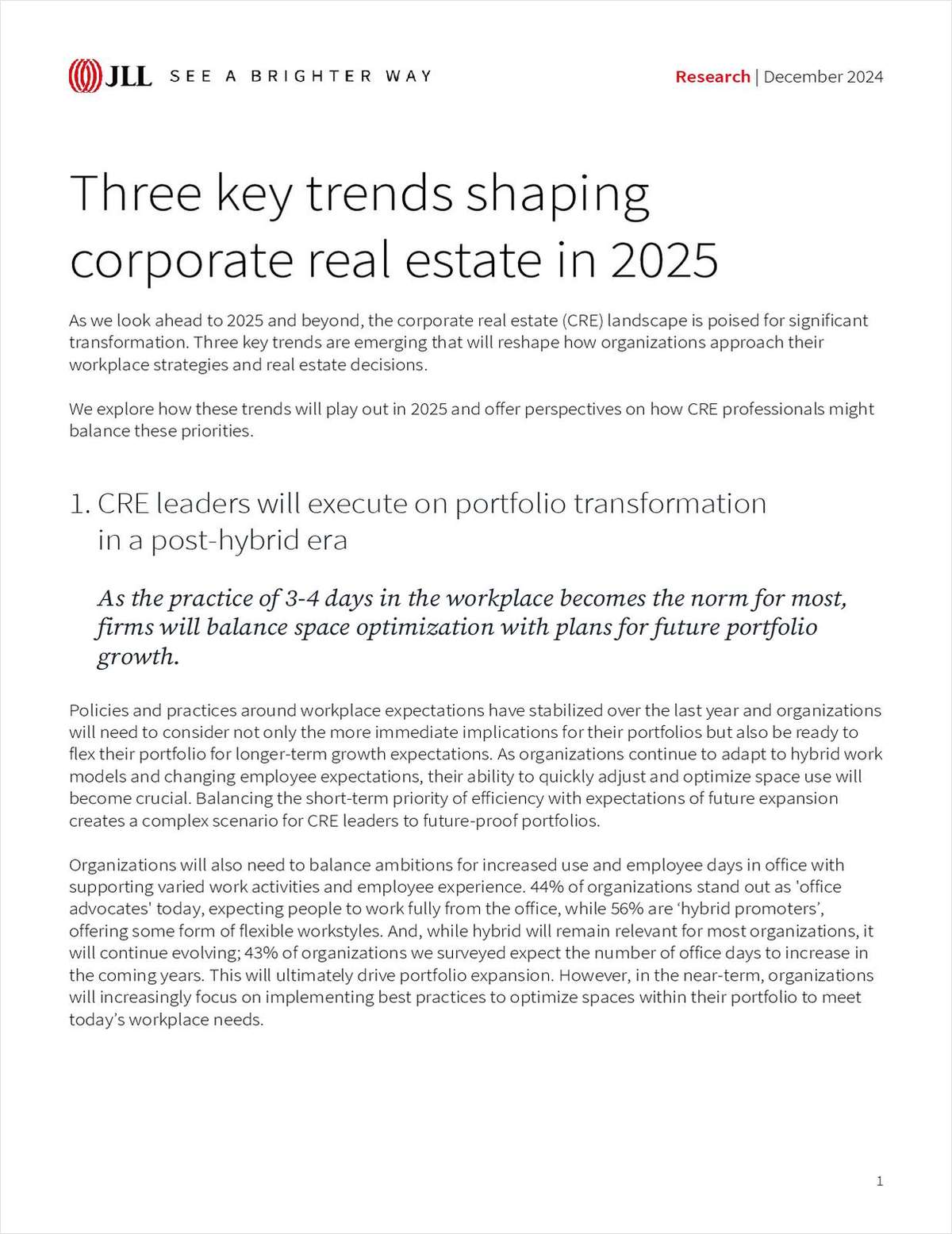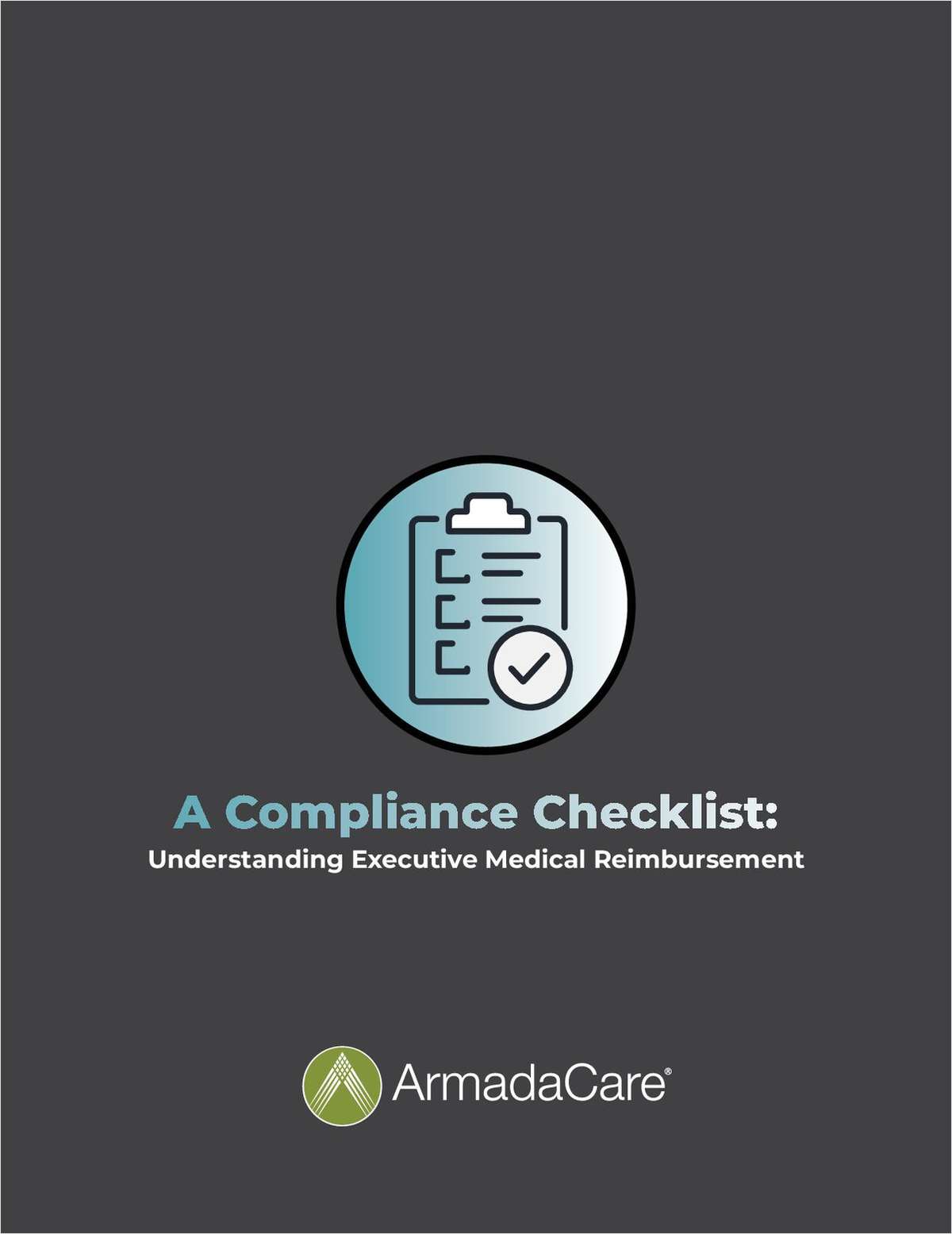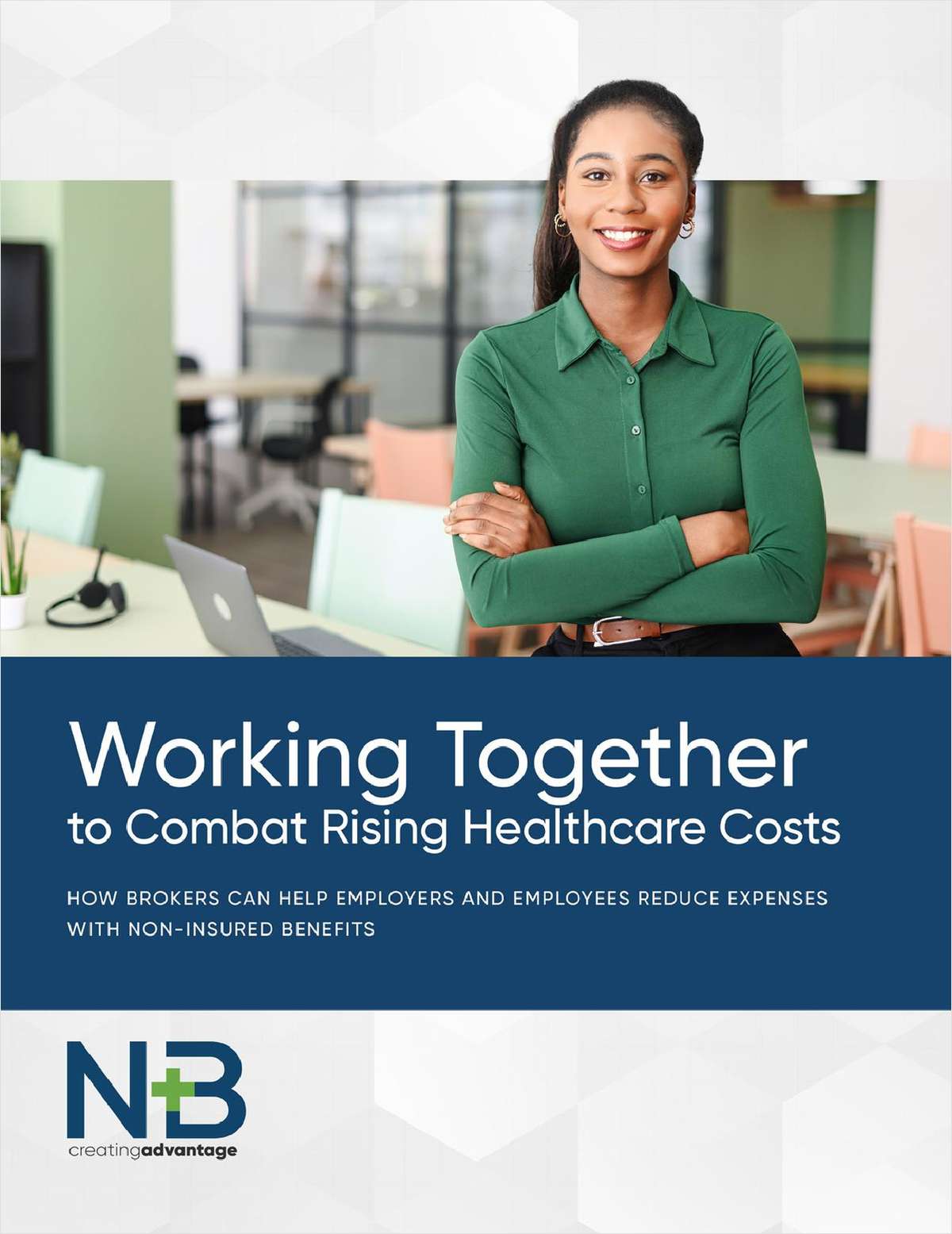Facing Threats of Violence in the Legal Profession
Violence against members of the judiciary gets some public attention but the issue of violence against lawyers has received even less.
June 27, 2019 at 01:39 PM
7 minute read
 Joette Katz
Joette Katz
Last week Judge Barbara Bellis sanctioned InfoWars founder and right-wing conspiracy theorist Alex Jones after the law firm Koskoff Koskoff & Bieder accused him of threatening firm members representing families of the 2012 Sandy Hook massacre.
The sanctions imposed emanate from one of Jones' internet shows, during which he asserted attorney Chris Mattei was trying to set him up by planting child porn in electronic files that Jones' team had turned over as part of the discovery process. “You're trying to set me up with child porn, I'll get your ass,” Jones claimed on a broadcast before adding, “$1 million, you little gang members. $1 million to put your head on a pike.”
Bellis called Jones' conduct in the footage “indefensible,” “unconscionable,” and “possibly criminal behavior.”
The families of eight victims of the 2012 shooting had filed a defamation suit against Jones for previously claiming the Newtown, Connecticut, massacre was a “hoax.” Jones has since acknowledged this year that the shooting occurred, claiming a “form of psychosis” had made him question whether certain events were staged. I am grateful for that acknowledgment as someone who was in the firehouse with the families of the victims as police asked them for photos of their children for identification purposes and remained there well into the night helping to deploy the teams of therapists and police to deliver the horrific news confirming the deaths of their loved ones, as well as in Newtown for the many days that followed working with trauma specialists, politicians and educators to ensure continuity of care and support.
The Sandy Hook families' attorneys claimed that Jones' recent comments on his web show represented “threats against counsel” and that the court had an obligation to protect the attorneys, parties and the judicial process.” Jones' attorney, Norm Pattis, has indicated that this was impassioned protected speech. He later stated that his client apologized for his statement about Mattei. Bellis' admonishment of Jones earned her death threats posted on the InfoWars website.
I never considered the practice of law to be a particularly dangerous occupation. We have all heard of some of the more notable workplace violence incidents involving lawyers in the United States and certainly, my 40-plus years at the bench and bar have taught me some lessons on how to avoid certain situations, how to deliver certain bad news, etc. I knew there might be some potential dangers associated with practicing criminal and family law because of the high emotions in play, but this recent exchange gave me pause to examine more generally the nature and extent of the problem of violence and threats in the legal profession.
Violence against members of the judiciary gets some public attention but the issue of violence against lawyers has received even less. Yet available research and anecdotal evidence suggest that many law professionals face a higher-than-average risk of work-related violence and threats. In a study in 1998 in the ABA Journal, titled “Lawyers in Harm's Way,” Mark Hanson surveyed 253 family lawyers, finding that:
- 60% said they had been threatened by an opposing party;
- 17% said they had been threatened by their own client;
- 12% reported they had been victims of violence at the hands of an opposing party or by their client; and
- only 1 in 4 respondents said they had taken any special precautions to protect their safety.
In another completed research study in 2001, in the Utah Bar Journal, Stephen Kelson heard from 130 lawyers, finding that:
- 13% had been physically assaulted at least once;
- 59% had been threatened by a client or opposing party at least once;
- 41% considered the threats serious enough to be reported to the police.
While a higher percentage of violent and threatening incidents was found to have occurred in criminal and family law settings, the Utah study reported that violence/threats were prevalent in employment and civil law settings, as well as other practice areas. The location of occurrences was also varied, with Kelson noting that lawyers in the study had been subjected to violence or threats in the courtroom, courthouse hallways, parking lots, law offices, and at their homes.
Kelson then conducted an expanded statewide survey in 2006, in which 984 lawyers responded, and the findings showed that:
- 46% has been threatened or physically assaulted at least once;
- 27% had experienced four or more threats during their legal career;
- 42% of threatening and/or violent incidents occurred at the lawyer's office;
- Only 32% of lawyers who were threatened or suffered violent acts reported the incidents to the police.
Another study by Kelson, this one in Idaho in 2008 for which 965 lawyers were surveyed, showed that:
- 42% had been threatened or physically assaulted at least once;
- 72% of those who experienced threats or violence had suffered more than one such incident;
- Only 39% of lawyers who were threatened or suffered violent acts reported the incidents to the police.
And more recently, in a 2012 study, Kelson surveyed 1039 Nevada lawyers and the key findings included:
- 40% reported they had been threatened or assaulted at least once;
- 78% of those who had been threatened or assaulted reported multiple such occurrences;
- 43% of threatening or violent incidents occurred at the lawyer's office;
- 23% of those who had received threats or been the victims of an assault had reported the incident to the police;
- 26% of those experiencing threats or violence reported that the incidents changed the way they operate their legal business to any great extent (i.e., take better/extra security precautions); and
- General litigation, criminal defense, family/divorce and state/federal prosecution were the practice areas with the highest percentage of threats and violence.
Kelson has conducted many other studies over the past 10 years, all showing very similar results—35% to 46% of registered attorneys have been threatened or assaulted.
So the takeaway from these studies, which are hardly exhaustive, is that lawyers are receiving abuse, threats and injuries as a result of discharging legal responsibilities, that these assaults and threats are not confined to any one particular area of practice and that the law profession in its entirety is under threat.
This problem is not new, but that does not mean that we should be any more tolerant of it.
There are things that lawyers can do about safety: limit access to offices, have an emergency plan in place, take credible warnings seriously and be conscious of potential threats, etc. But is that where we should be focusing our attention? I prefer to focus on moral outrage. The events between Jones, Mattei, Pattis and Bellis and their aftermath became the talk at the office and courthouse water fountains, but I believe the legal profession has to express collective indignation at the disintegration of our values, mores and traditions. We all need to be Howard Beale.
The rule of law is the principle under which we must operate if all persons and institutions are to be held accountable to laws that have been publicly promulgated, equally enforced and independently adjudicated. The rule of law and the mechanisms that support it (courts, judges and lawyers) must have the respect of everyone in order for us to live in a society that can resolve its disputes in a civilized manner. It is the safeguard of a tolerant and educated culture, and the essential dignity and worth of every human being necessary to a civilized society to depend on it. We are only as good as the weakest among us. When one of us is threatened, we all are threatened, and the system is at risk of being weakened as a result.
Former Connecticut Supreme Court Associate Justice and state Department of Children and Families Commissioner Joette Katz is a partner in Shipman & Goodwin's business litigation practice group, where she focuses her practice on appellate work, mediation and investigations. She can be reached at [email protected].
This content has been archived. It is available through our partners, LexisNexis® and Bloomberg Law.
To view this content, please continue to their sites.
Not a Lexis Subscriber?
Subscribe Now
Not a Bloomberg Law Subscriber?
Subscribe Now
NOT FOR REPRINT
© 2025 ALM Global, LLC, All Rights Reserved. Request academic re-use from www.copyright.com. All other uses, submit a request to [email protected]. For more information visit Asset & Logo Licensing.
You Might Like
View All
ADVANCE Act Offers Conn. Opportunity to Enhance Carbon-Free Energy and Improve Reliability With Advanced Nuclear Technologies

Trending Stories
Who Got The Work
J. Brugh Lower of Gibbons has entered an appearance for industrial equipment supplier Devco Corporation in a pending trademark infringement lawsuit. The suit, accusing the defendant of selling knock-off Graco products, was filed Dec. 18 in New Jersey District Court by Rivkin Radler on behalf of Graco Inc. and Graco Minnesota. The case, assigned to U.S. District Judge Zahid N. Quraishi, is 3:24-cv-11294, Graco Inc. et al v. Devco Corporation.
Who Got The Work
Rebecca Maller-Stein and Kent A. Yalowitz of Arnold & Porter Kaye Scholer have entered their appearances for Hanaco Venture Capital and its executives, Lior Prosor and David Frankel, in a pending securities lawsuit. The action, filed on Dec. 24 in New York Southern District Court by Zell, Aron & Co. on behalf of Goldeneye Advisors, accuses the defendants of negligently and fraudulently managing the plaintiff's $1 million investment. The case, assigned to U.S. District Judge Vernon S. Broderick, is 1:24-cv-09918, Goldeneye Advisors, LLC v. Hanaco Venture Capital, Ltd. et al.
Who Got The Work
Attorneys from A&O Shearman has stepped in as defense counsel for Toronto-Dominion Bank and other defendants in a pending securities class action. The suit, filed Dec. 11 in New York Southern District Court by Bleichmar Fonti & Auld, accuses the defendants of concealing the bank's 'pervasive' deficiencies in regards to its compliance with the Bank Secrecy Act and the quality of its anti-money laundering controls. The case, assigned to U.S. District Judge Arun Subramanian, is 1:24-cv-09445, Gonzalez v. The Toronto-Dominion Bank et al.
Who Got The Work
Crown Castle International, a Pennsylvania company providing shared communications infrastructure, has turned to Luke D. Wolf of Gordon Rees Scully Mansukhani to fend off a pending breach-of-contract lawsuit. The court action, filed Nov. 25 in Michigan Eastern District Court by Hooper Hathaway PC on behalf of The Town Residences LLC, accuses Crown Castle of failing to transfer approximately $30,000 in utility payments from T-Mobile in breach of a roof-top lease and assignment agreement. The case, assigned to U.S. District Judge Susan K. Declercq, is 2:24-cv-13131, The Town Residences LLC v. T-Mobile US, Inc. et al.
Who Got The Work
Wilfred P. Coronato and Daniel M. Schwartz of McCarter & English have stepped in as defense counsel to Electrolux Home Products Inc. in a pending product liability lawsuit. The court action, filed Nov. 26 in New York Eastern District Court by Poulos Lopiccolo PC and Nagel Rice LLP on behalf of David Stern, alleges that the defendant's refrigerators’ drawers and shelving repeatedly break and fall apart within months after purchase. The case, assigned to U.S. District Judge Joan M. Azrack, is 2:24-cv-08204, Stern v. Electrolux Home Products, Inc.
Featured Firms
Law Offices of Gary Martin Hays & Associates, P.C.
(470) 294-1674
Law Offices of Mark E. Salomone
(857) 444-6468
Smith & Hassler
(713) 739-1250












